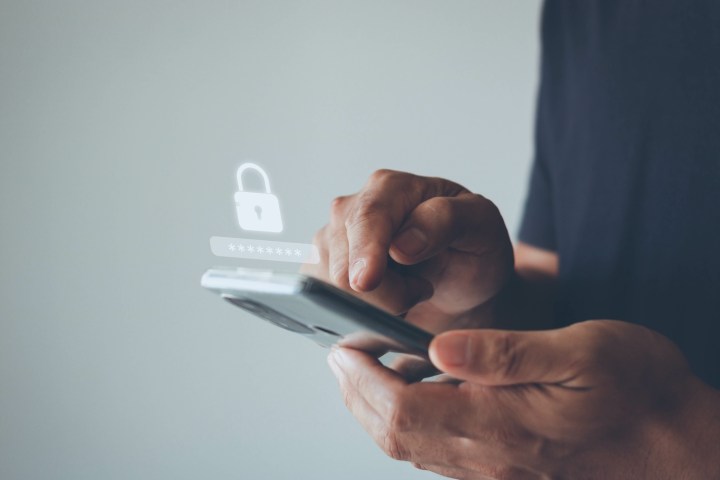Using an Android phone can make our lives easier, but some improper practices can compromise its performance, security, and durability. To ensure your mobile phone works at its best, it is important to consider certain actions that can affect its performance. Below we present you Seven Mistakes You Should Stop Making on Your Android.
Ignore software updates
One of the main reasons why an Android device may start to malfunction is the lack of software updates. These updates not only add new features, but also fix bugs, improve performance, and most importantly, fix security vulnerabilities. By ignoring these updates, you expose your device to potential cybersecurity attacks and reduce its overall performance.
To check for updates, follow this link Settings > System > System update or Software update and follow the instructions on the screen.
Install applications from unknown sources
The Google Play virtual store is the most trusted source for downloading apps on Android. By installing apps from third-party sites or untrusted sources, you risk infecting your device with malware or spyware that can steal your personal information and damage your system. Even if an app seems legitimate, it is best to avoid any platform other than Google Play to avoid security issues.
If you have installed any application from an unknown source and want to remove it, follow the link Settings > Applicationsselect the application and click Delete.
Let the battery discharge completely.

The lithium-ion batteries used in Android phones have a limited lifespan in terms of charge cycles. Frequently completely discharging the battery will shorten its overall lifespan and may cause calibration issues where the battery readings may not reflect its actual capacity. To extend the lifespan of the battery, it is recommended to charge the mobile phone before it reaches 20% and disconnect it before it reaches 100%. You can use portable chargers or USB cables throughout the day if you do not have access to a wall charger, and do not allow the battery to become too low.
Allow excessive background processes
As you install more apps on your Android, many of them continue to run in the background, which drains battery power and slows down the device’s performance. Although Android phones can handle multiple processes at once, it’s important to control which apps continue to run to avoid unnecessary resource usage.
To find out which apps are using the most battery, visit Settings > Battery > Battery usage. Then in Settings > ApplicationsYou can force close the ones you are not using.
Not enough storage space

Storage space is one of the key factors in ensuring that your Android phone runs smoothly. When storage is almost full, your device will start to run slowly, apps will take a while to open, and updates may not install correctly. Maintaining at least 10% of free space will significantly improve overall performance.
To free up space, delete unnecessary files, uninstall apps you don’t use, or consider using cloud services like Google Drive or OneDrive to store your photos and documents.
Allow cache accumulation in applications
The app cache is used to store temporary data, making it easier to load images and other items. However, over time, the cache can build up, which in some cases can cause apps to become unstable or even crash. While Android usually handles this automatically, it is a good idea to manually clear the cache of problematic apps or apps that do not update their temporary data properly.
To delete your cache, follow this link Settings > Applications > Storageselect the app you want to clean and press Delete cache.
Work without safety measures

Although Android has built-in security features, it is important to take additional steps to protect your device. Installing an antivirus, enabling two-factor authentication (2FA), and avoiding using unsecured Wi-Fi networks are some important steps to keep your data safe. It is also important to stay up to date with security updates that fix critical vulnerabilities.
To make sure your phone is running the latest version of Android, follow this link Settings > About the phone > Software Information > Android version. You can also enable additional security measures in the settings section. Safety in the configuration options.
Keeping your Android in optimal condition requires paying attention to certain details, from battery care to proper storage management and security. Avoiding the actions mentioned in this article will improve the performance of your device and extend its life. The key is to maintain good usage habits and pay attention to system warnings. Don’t wait until your Android starts lagging to make changes.
Source: Digital Trends












